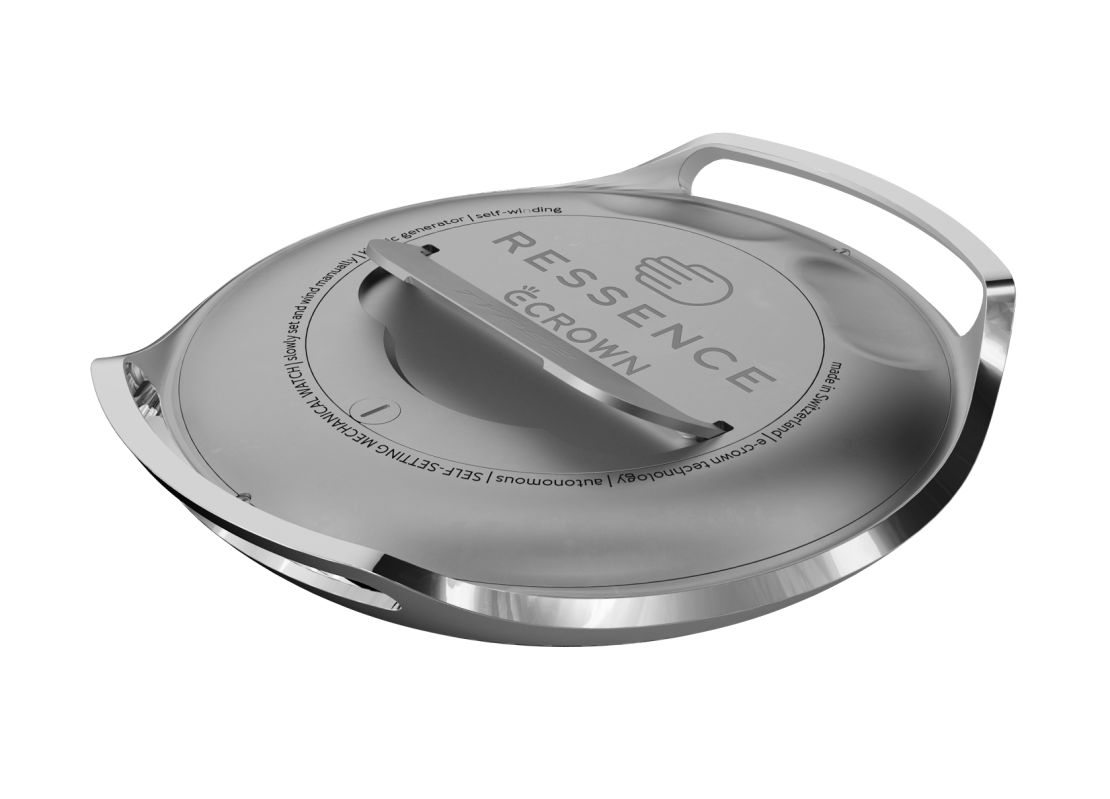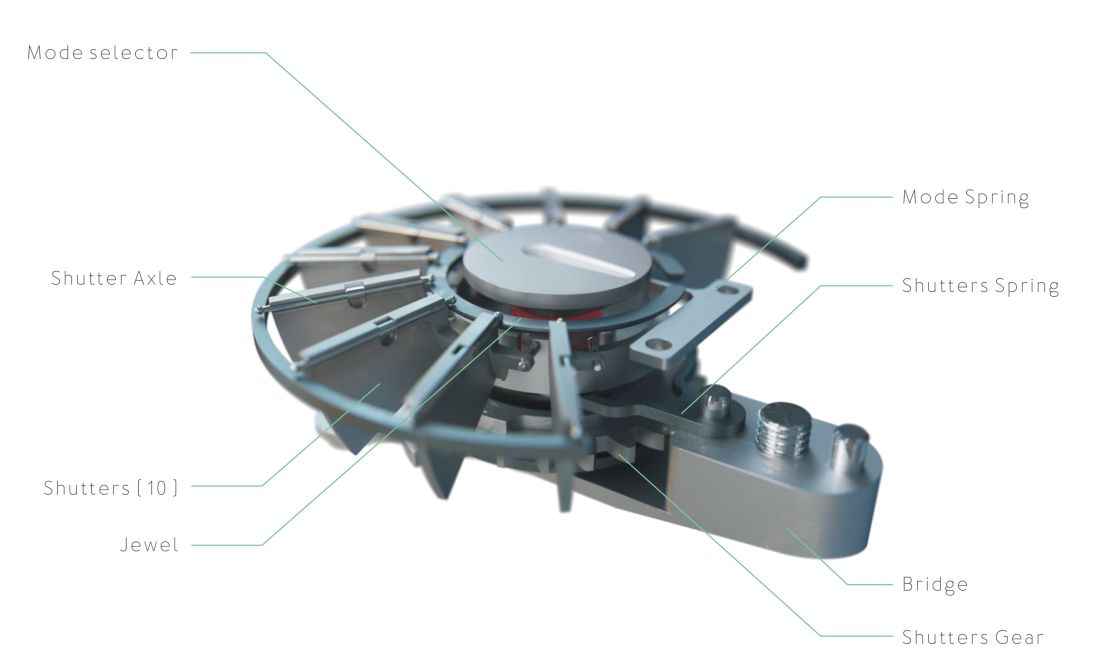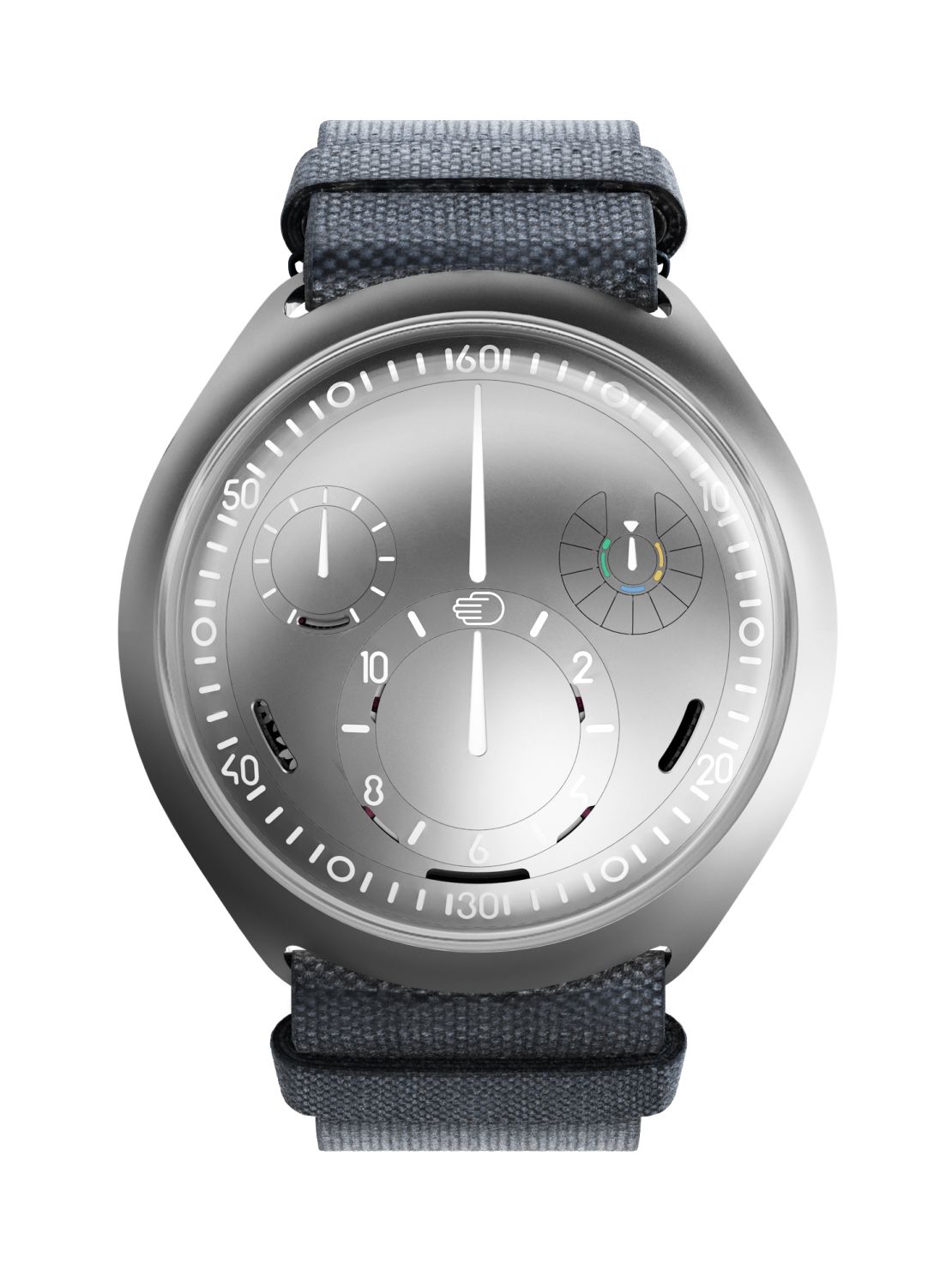There’s a common problem with mechanical watches: when the power winds down, they lose the time. When that happens, the time must be set again by hand. For some owners of mechanical watches, that may qualify as a delightful ritual. But for most, it’s just a nuisance.
Ressence, a young contender in the arena of Swiss watchmaking, has an answer to that problem: a new mechanical watch co-designed by one of the inventors of the original iPod, Tony Fadell.
“Mechanical watches were at the forefront of technology when they were first invented 300 years ago. We wanted to get rid of the remaining issues associated with them,” he said in an email.

Fadell, who left Apple in 2008 to found Nest Labs and then worked on Google Glass, says he was attracted to the project because it represents the total opposite of current smart watches trends, which call for bigger batteries, connectivity, touch screens and multiple menu layers.
“Watch connoisseurs don’t want or need all these other functions. But they do like their watch being on time.”
Only three
Currently just a prototype, the Ressence Type 2 e-Crown Concept is the brainchild of Beno?t Mintiens, who founded the company in 2010. The tendency to lose the time, he thinks, can undermine trust in a timepiece.
“If you’re traveling and wearing an expensive watch and you really want to make sure you don’t miss your plane, most of the time you check your phone, not your watch,” he said in a phone interview.

The Type 2 is still a fully mechanical watch, but it includes an electronic element called “e-Crown” which is, in essence, a digital watch.
“If you take it off and leave it for more than 36 hours, the power will run out and the watch will stop running, but the electronics will not stop. The moment you pick it back up, an accelerometer inside will know you are handling it and the watch will set itself to the correct time automatically. It looks really magical,” said Mintiens.
Solar powered
The user only needs to set the time once, when the watch is new, and up to two time zones can be registered. This can be done in a phone app that connects via Bluetooth, although Mintiens is quick to point out that everything is doable through the watch itself too.
“And the electronic elements are not interfering with the mechanical components of the watch at all, but are only used to set the time,” he said.
In fact, the Type 2 doesn’t really look like it has anything electronic in it, and the digital functions are accessed by tapping twice on the glass. “The shape is very organic, which I think is necessary because we are biological creatures, so the watch blends with your wrist, it has no sharp edges,” said Mintiens.
But if the kinetic battery that powers the e-Crown through normal wrist movements drops below 50% charge, something truly futuristic happens: an array of microshutters on the dial automatically opens to reveal 10 tiny photovoltaic cells, derived from satellite technology. “They are very efficient and sensitive to a wide range of wavelengths. They can charge the internal battery in just three hours,” said Mintiens.

$35,000
Ressence say this is the first ever self-setting mechanical watch, and are working on a retail version. “It will launch somewhere between September and December 2018, but maybe later,” said Mintiens.
The price will be aligned with the company’s most expensive offering, the Type 3, which retails for about $35,000.

Although that’s steep for a brand that is essentially a startup, Ressence’s mix of technological innovation and respect for tradition seems to have already piqued the interest of connoisseurs.
“Beno?t is brilliant,” said Fadell, who is also a serious watch collector.
“He wants to push the envelope on mechanical watches, making them simpler, more functional, more delightful for people to wear. But, to make things easier for people to use, you have to work that much harder on the technology.”

